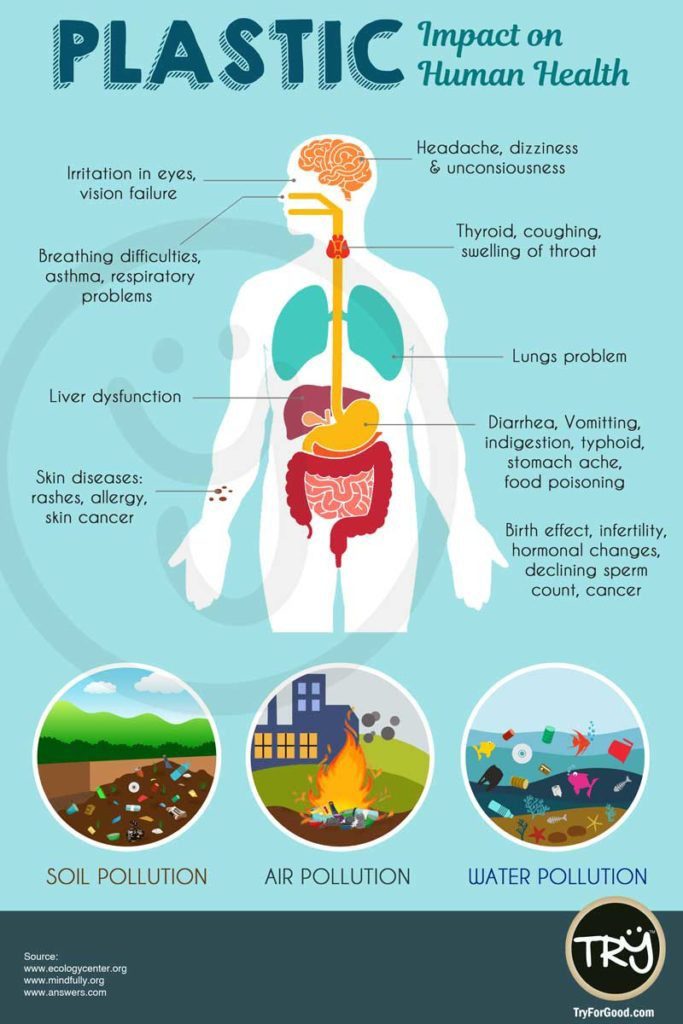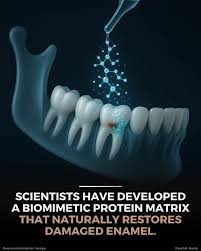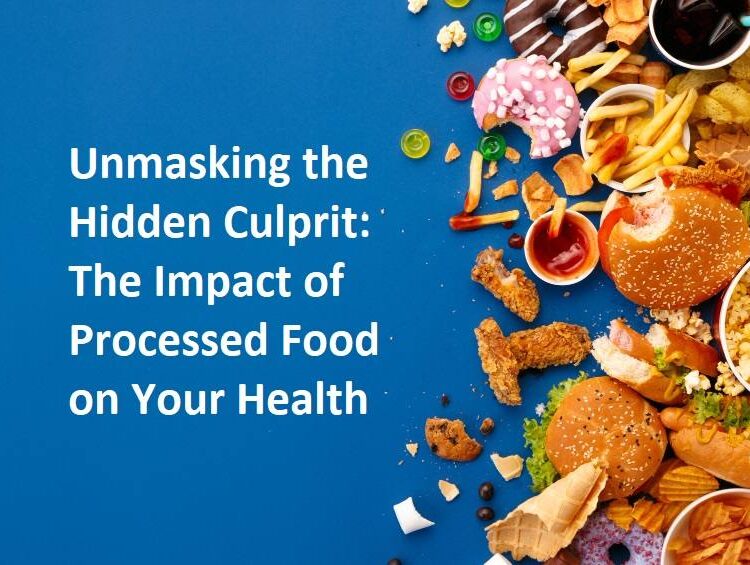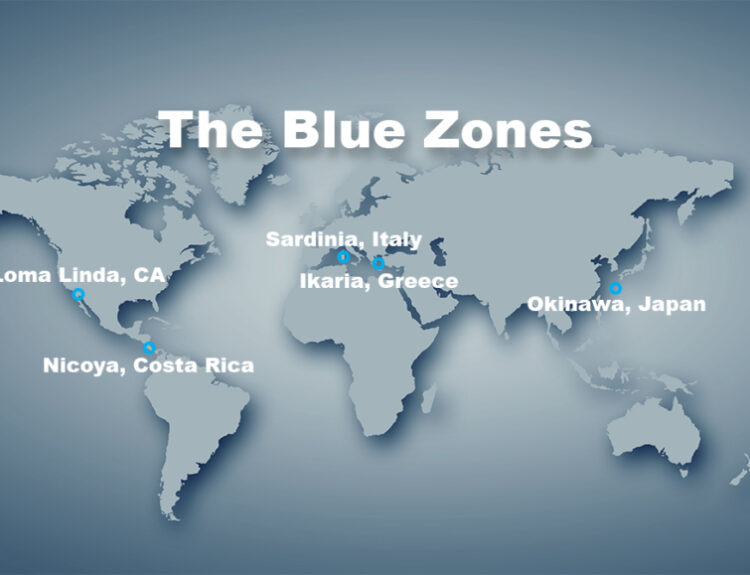Plastic pollution is the accumulation of plastic materials in the environment that adversely affects humans, wildlife, and their habitats. Plastic bioaccumulation, therefore, has become a global crisis, with microplastics and nanoplastics now found in water, food, air and even human tissues. As plastic contamination becomes unavoidable, a critical question arises: How much plastic is safe for the human body? Currently, there is no definitive safe threshold, but research suggests that even minimal exposure may pose health risks.
Sources of Plastic Exposure
Humans ingest or inhale plastics through multiple pathways:
- Food and Water: Microplastics contaminate seafood, salt, and even drinking water. A 2019 study by the World-Wide Fund for Nature estimated that people consume about 5 grams of plastic per week-equivalent to a credit card.
- Airborne Microplastics: Synthetic fibers from clothing and plastic particles from degraded waste enter the air we breathe.
- Packaging and Products: Plastic containers, especially when heated, leach chemicals like bisphenol A (BPA) and phthalates into food.
- Personal Care Products: Microbeads in cosmetics and toothpaste contribute to ingestion.
Health Risks of Plastic Bioaccumulation
While research is ongoing, studies link plastic exposure to several health concerns:
- Endocrine Disruption: Chemicals like BPA mimic hormones, potentially causing infertility, developmental issues, and metabolic disorders.
- Inflammation and Cellular Damage: Microplastics may trigger oxidative stress and damage cells.
- Gut Microbiome Alteration: Plastics in the digestive system could harm beneficial gut bacteria.
- Cancer Risk: Some plastic additives are classified as potential carcinogens.
Is There a Safe Level?
Currently, no regulatory agency has established a safe limit for plastic consumption because:
- Lack of Long-Term Studies: The full effects of chronic microplastic exposure remain unknown.
- Variability in Toxicity: Different plastics and additives have varying levels of harm.
- Bioaccumulation: Plastics may build up in organs over time, increasing risks.
Some experts argue that zero plastic exposure is the only safe level, but given its omnipresence, this is unrealistic. The European Food Safety Authority (EFSA) has set temporary tolerable intake levels for certain plasticizers (e.g., 4 μg/kg per day for BPA), but these are controversial.
Reducing Exposure
Until clear safety standards exist, minimizing exposure is prudent:
- Avoid single-use plastics and opt for glass or stainless-steel containers.
- Filter tap water to reduce microplastics.
- Use clothing made from natural fibers.
- Cooking more at home significantly help prevent plastic pollution.
- Support policies limiting plastic pollution.
Further research is needed to establish science-based safety guidelines, but the evidence so far suggests that less plastic is always better for human health.








